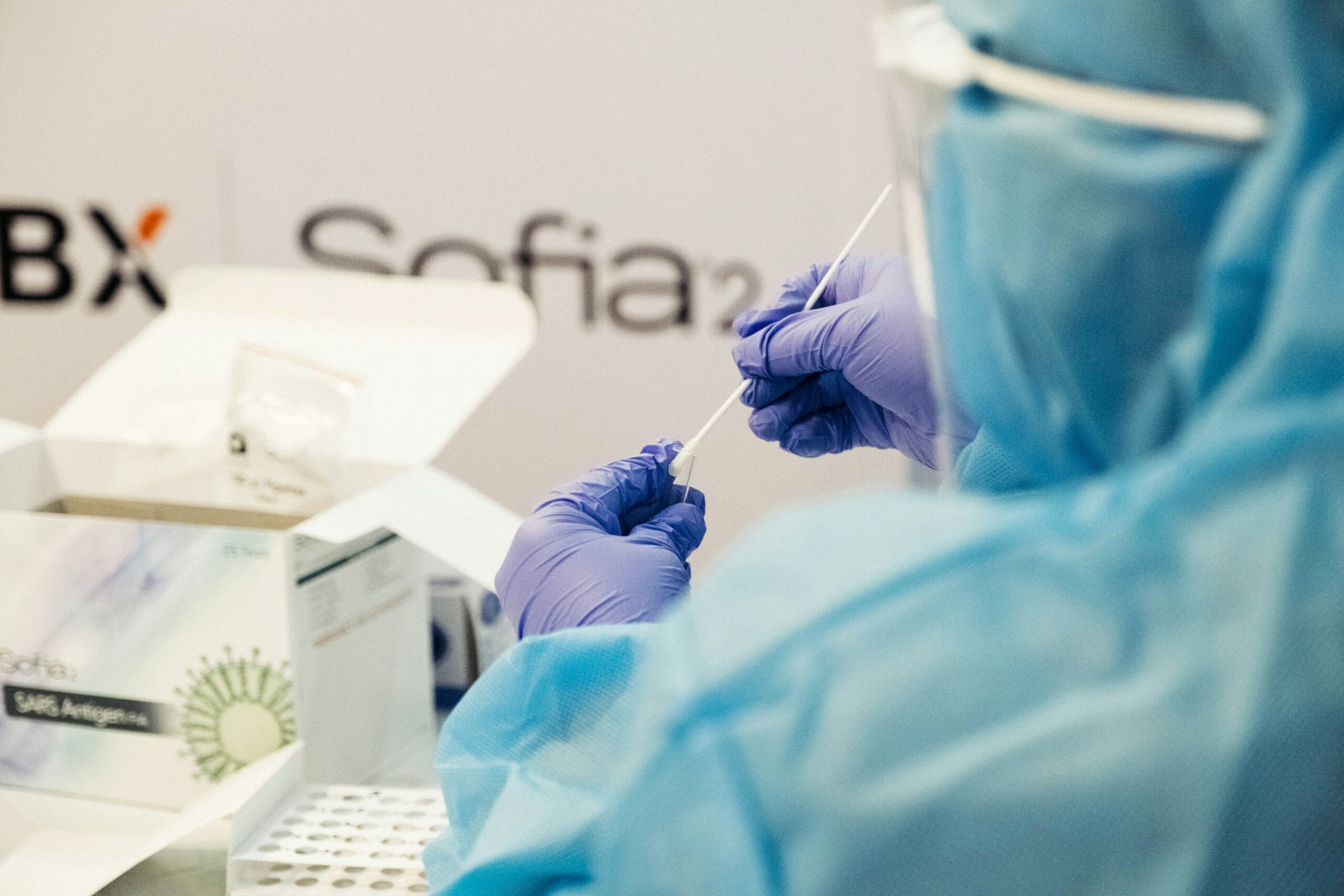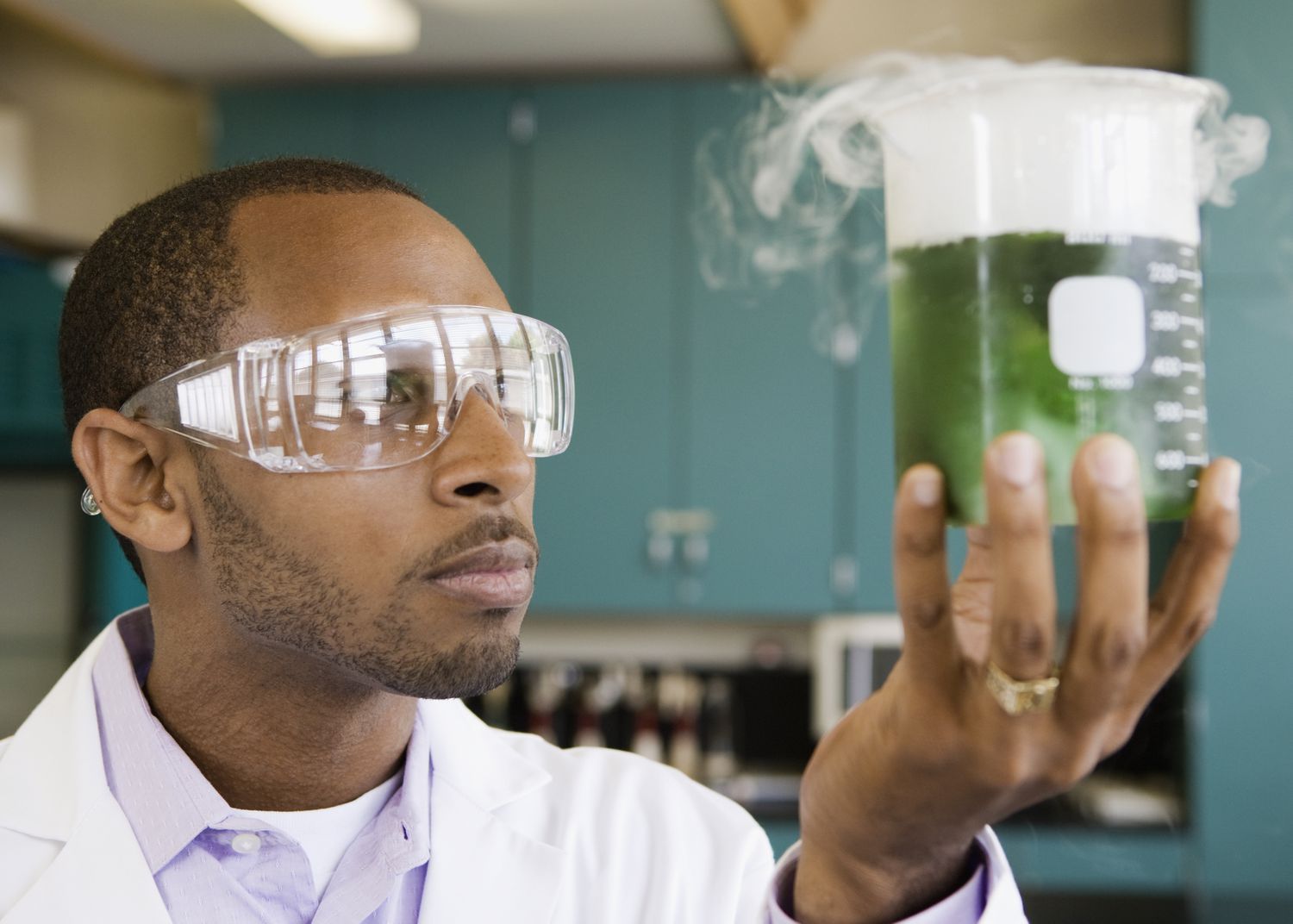Which Process Is an Example of a Chemical Change? Everyday Examples and Key Signs Explained
When I think about the world around me, I’m amazed by how often things change right before my eyes. Some changes are simple, like ice melting into water, but others are much more dramatic. That’s where chemical changes come in—transformations that actually create something new.
It’s easy to mix up physical and chemical changes, but understanding the difference opens up a whole new way of seeing everyday life. From baking a cake to rust forming on a bike, chemical changes are happening all the time. Let’s dive into what really sets a chemical change apart and look at some clear examples that make the concept easy to grasp.
Understanding Chemical Changes

Chemical changes create new substances by altering the molecular structure. I see chemical bonds break and form new ones in every chemical change. Baking a cake, burning wood, and rusting iron all change the starting materials into something with different properties. In chemical changes, I can’t simply reverse the process to get the original material back.
Physical changes, by contrast, involve no new substances. Melting ice, tearing paper, or dissolving sugar in water leave the basic properties the same. These processes look different from chemical changes because the composition doesn’t change.
Key characteristics of chemical changes include:
- Color Change: I notice new colors due to substance formation, like rust (iron oxide) on bikes.
- Gas Production: I see bubbles or smell gases, such as smoke from burning wood.
- Temperature Shift: I observe heat absorbed or released, for example, when mixing baking soda and vinegar.
- Precipitate Formation: I detect solids forming in liquids, like curds appearing in soured milk.
Chemical vs. Physical Changes Table
| Type of Change | Example | Starting Material | End Material | Reversible |
|---|---|---|---|---|
| Chemical Change | Cake Baking | Batter | Cake | No |
| Chemical Change | Iron Rusting | Iron, Oxygen | Iron Oxide (Rust) | No |
| Physical Change | Ice Melting | Ice | Water | Yes |
| Physical Change | Paper Tearing | Paper | Torn Paper | Yes |
I analyze these differences to distinguish chemical changes from physical ones, focusing on new substance formation and changes that aren’t easily reversed.
Key Characteristics of Chemical Changes
Key characteristics of chemical changes include the formation of new substances and changes at the molecular level. I notice these characteristics through specific observable events in various situations.
Indicators of a Chemical Change
Observable indicators signal a chemical change.
- Color alteration: I see a new color appear, as when silver tarnishes black from sulfur contact.
- Temperature shift: I feel or measure heat release or absorption, such as warmth from burning wood.
- Gas production: I detect bubbles or fumes, like carbon dioxide from vinegar and baking soda.
- Precipitate formation: I observe a solid forming in a solution, for example, milk curdling after adding lemon juice.
- Irreversibility: I find processes are hard to undo, such as cooked eggs not returning to a raw state.
| Indicator | Example | Contextual Chemical Change |
|---|---|---|
| Color Change | Silver tarnish | Reaction with hydrogen sulfide in air |
| Temperature Shift | Wood burning | Combustion releases heat |
| Gas Production | Baking soda + vinegar | Effervescence shows CO₂ liberation |
| Precipitate Formation | Milk + lemon juice | Protein coagulation creates insoluble clumps |
| Irreversibility | Egg cooking | Protein denaturation |
Differences Between Physical and Chemical Changes
Physical and chemical changes differ in substance formation and reversibility. Physical changes alter appearance or state, while chemical changes create new substances under specific conditions.
| Property | Physical Change | Chemical Change |
|---|---|---|
| New Substance | No (e.g., melting ice) | Yes (e.g., rusting iron) |
| Reversibility | Often reversible (e.g., freezing) | Rarely reversible (e.g., burning paper) |
| Energy Exchange | Little or none | Significant (often heat/light exchange) |
| Molecular Change | No reconfiguration | Bonds break, atoms rearrange |
Physical and chemical changes connect in daily life, guiding how I classify everyday events. I distinguish these changes by observing the presence of new substances and checking the listed indicators.
Which Process Is an Example of a Chemical Change?
Some changes make entirely new substances by shifting molecules into new arrangements. I notice these chemical changes most often in daily activities and industries where new materials or effects appear.
Common Examples of Chemical Changes
Chemical changes commonly show in instances that produce new substances or visible effects. I observe these examples:
- Rusting iron: Iron combines with oxygen and water, making iron oxide, a brownish solid
- Burning wood: Combustion converts wood into ash, carbon dioxide, and water vapor
- Baking a cake: Heat causes baking ingredients to react and form new compounds
- Souring milk: Bacteria transform lactose into lactic acid, curdling the milk
- Digesting food: Enzymes break down food, generating new molecules for energy
| Change Process | Reactants | New Substances Formed | Key Indicator |
|---|---|---|---|
| Rusting Iron | Iron, Oxygen, Water | Iron Oxide | Color Change |
| Burning Wood | Wood, Oxygen | Ash, CO2, Water Vapor | Heat and Gas |
| Baking Cake | Flour, Sugar, Eggs | Cake | Texture, Scent, Gas |
| Souring Milk | Milk, Bacteria | Lactic Acid, Curds | Precipitate, Scent |
| Digestion | Food, Enzymes | Nutrients, Byproducts | Temperature, Gas |
Real-World Applications of Chemical Changes
- Pharmaceutical manufacturing: Synthesis turns raw chemicals into medicines, like acetaminophen
- Metallurgical refining: Ores react with other chemicals, producing pure metals such as aluminum from bauxite
- Water treatment: Chlorine reacts with bacteria, eliminating contaminants
- Energy generation: Fuel combustion in engines and power plants creates energy by breaking molecular bonds
| Application Area | Chemical Change Involved | Result |
|---|---|---|
| Pharmaceuticals | Synthesis reactions | New drugs and therapies |
| Metallurgy | Reduction or oxidation | Pure metals |
| Water Treatment | Disinfection reactions | Safer, potable water |
| Energy Generation | Combustion | Mechanical or electrical power |
Importance of Recognizing Chemical Changes

Accurately identifying chemical changes allows me to understand material properties and predict outcomes in daily life and industry. Recognizing chemical changes helps me ensure safety when handling substances, since unexpected reactions release gases or heat that create hazards. Identifying new substances formed during chemical changes supports me in quality control, especially in fields like food preparation and water treatment.
Tracking chemical changes lets me distinguish reversible processes, like freezing water, from irreversible ones, like burning wood. This awareness enables me to select proper methods for recycling, disposal, or repurposing materials. If I don’t recognize a chemical change, I may misinterpret product durability or contamination, especially in manufacturing environments.
I rely on chemical change indicators, such as color alteration, gas release, or temperature shifts, to make informed decisions. These observable effects guide my responses, like neutralizing acid spills in labs or stopping food spoilage at home.
| Reason to Recognize | Example Context | Direct Chemical Change Indicator |
|---|---|---|
| Safety | Mixing cleaners | Gas production, heat, new odor |
| Quality Control | Baking bread | Color change, new aroma, texture formation |
| Process Efficiency | Water purification | Precipitate formation, clarity improvement |
| Environmental Impact | Waste management | Irreversibility, hazardous byproducts formed |
| Material Selection | Paint formulation | Color fixing, surface reaction, hardening |
By identifying chemical changes quickly, I minimize risks and optimize resource use throughout various real-world scenarios.
Conclusion
Understanding which processes are chemical changes helps me make sense of the world around me. When I notice new substances forming or spot signs like color changes or gas bubbles I know a chemical change has taken place. This awareness lets me handle materials more safely and make smarter choices in daily life and work.
Recognizing these changes also gives me a deeper appreciation for the science behind everyday tasks. Whether I’m baking a cake or cleaning with household products knowing the difference between chemical and physical changes empowers me to predict outcomes and avoid unwanted surprises.
Frequently Asked Questions
What is the main difference between a physical and a chemical change?
A physical change does not create a new substance and is often reversible, like melting ice or tearing paper. A chemical change creates a new substance with different properties and is usually not reversible, such as rust forming on iron or baking a cake.
What are some common signs of a chemical change?
Common indicators include a permanent color change, production of gas (bubbles), temperature change without external heating or cooling, and formation of a precipitate (solid). These signs suggest a new substance has formed.
Can physical changes be reversed?
Yes, most physical changes can be reversed. For example, frozen water (ice) can melt back into liquid water and then be frozen again. No new substance is formed during a physical change.
Why is baking a cake considered a chemical change?
Baking a cake is a chemical change because the ingredients react together to form new substances with different properties. The change can’t be reversed, and the result has a different structure, flavor, and appearance from the ingredients used.
Are all chemical changes non-reversible?
Most chemical changes are not easily reversible because they create new substances. For example, you cannot turn a burned log back into wood. However, a few chemical reactions can be reversed under special conditions.
What real-life examples demonstrate chemical changes?
Everyday examples include rusting iron, burning wood, souring milk, digesting food, and baking a cake. Each instance involves reactants forming entirely new substances.
How do you tell if a change is chemical or physical in everyday situations?
Ask whether a new substance is formed during the change. If properties and appearance change, and it can’t be reversed easily, it’s likely a chemical change. If the substance remains the same, it’s physical.
Why is it important to recognize chemical changes in daily life?
Recognizing chemical changes helps ensure safety (avoiding hazardous reactions), makes food and water treatments effective, and helps manage resources efficiently in tasks like cleaning and cooking.
What industries rely on chemical changes?
Industries like pharmaceuticals, metallurgy, water treatment, and energy production rely on chemical changes to create new materials, treat waste, generate energy, and ensure safety and efficiency.
What happens to molecules during a chemical change?
During a chemical change, the molecular structure of the material is altered. Atoms are rearranged to form new molecules, resulting in substances with different properties from the original.
